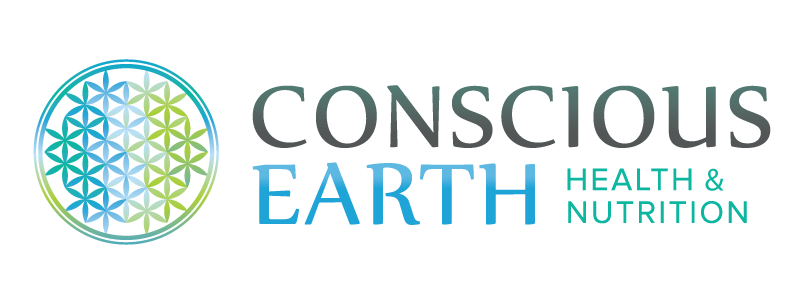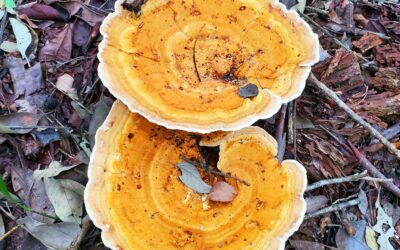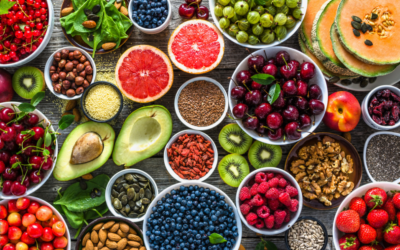Poison is now all too common
Until about two hundred years ago, there was only one kind of poison, the kind that appears in nature, such as microbial, plant, animal, and smoke. At the beginning of the 1800s, the Industrial Revolution began of large-scale production of chemicals and petrochemical-based products. These new methods resulted in the creation of two new types of poisons that had never existed in the living world before, which were refined chemicals and man-made chemicals.
Man-made chemicals include:
- heavy metals
- polycyclic aromatic hydrocarbons (PAHs)
- polychlorinated biphenyls (PCBs)
- dioxins, pesticides
- ultrafine particles
When plastics enter the environment sunlight, wind, wave activity, and other factors cause plastics to break down into small particles known as microplastics (MPs) or evening smaller as nanoplastics, which are so tiny they can travel with dust that is blown around the planet and high into the atmosphere.1 Environmental pollutants are found in atmospheric air, plastic food and beverage containers, cosmetics, sunscreens, perfumes, cleaning products, and garden products – just to name a few.

Current day exposure
Today, people are being exposed to numerous environmental pollutants directly or indirectly every day, which is having a harmful effect on human health. The growing amount of evidence available so far has shown that exposure to environmental pollutants is associated with a variety of disorders and diseases that have potential transgenerational or multigenerational effects.2 Environmental pollutants can enter the body by several different routes, such as ingestion, inhalation, absorption, or transplacental transition. It has been well established that everyday exposure and the accumulation of environmental pollutants through the air, water, soil, and food have a critical role in the pathogenesis of several diseases, such as cardiovascular diseases, cancer, respiratory diseases, diabetes mellitus, and neurological diseases.3,4
The growing amount of evidence available so far has shown that exposure to environmental pollutants is associated with a variety of disorders and diseases that have potential transgenerational or multigenerational effects
The duration of these toxic pollutants that take hundreds of years before becoming no longer harmful or toxic is called their half-life. The definition of elimination half-life is the length of time required for the concentration of a particular substance (typically a drug) to decrease to half of its starting dose in the body. Evidence has found that chemicals banned 20-30 years ago are still being detected in serum samples and could induce lung cancer.5 When the body’s detox system is insufficient to remove the number of toxic chemicals that one is exposed to, the toxicants that enter the body will not be excreted but instead will be stored in the body’s: fat, semen, breast milk, muscles, bones, the brain, the liver, and other organs. The total amount of these chemicals that are being stored in the body at a given point in time is called body burden.
A growing major concern is the omnipresence of these environmental pollutants that are accumulating in the environment and entering our food chain, which is adversely affecting every system of the human body. Consequently, the bioaccumulation of environmental pollutants in human fatty tissue and their persistent characteristics are a major threat to human health. The detrimental effects of environmental pollutants are one of the most challenging ecological and biological threats the next generation will face. Despite our increasing knowledge of the adverse health effect of environmental pollutants, preventive and reduction measures must be taken to protect ourselves and future generations.







0 Comments